I'm tired of dealing with the body lead in the pillars. Both front and rear have rust in them and I have to cut it out. It's the second time for the front pillars.
Body lead just doesn't get it done around here as it rusts from underneath the lead and works it's way out. Causes it to lift, the metal to pinhole and it all just cracks and separates sooner or later.
I would suspect it's the heat needed to do the body leading that gives the rust a foot hold and then it's all downhill from there. Flash rusting is impossible to stop here (evident literally seconds after blasting) and hot metal is even worse.
My plan is to cut the cancer out and weld it back together, then rust coat the steel and weld "plates" over the depression where the spot welds join the panels. Finish with a light skim of polyester body fill.
I've seen a few friends try it with just body fill (reinforced), but it cracks far too soon for my liking and then you're right back to square one. Worse actually, as then water can work it's way down and under the filler. Filler is sure easy to shape, but just not durable enough for the location/use IMHO.
I'm just curious as to how others have dealt with the body lead replacement on roof re-skinning.
Please, no "opinions". I'd like to hear from those that have actually done this job, how it has held up over the years and things you might do differently if you were to do it again.





 Reply With Quote
Reply With Quote






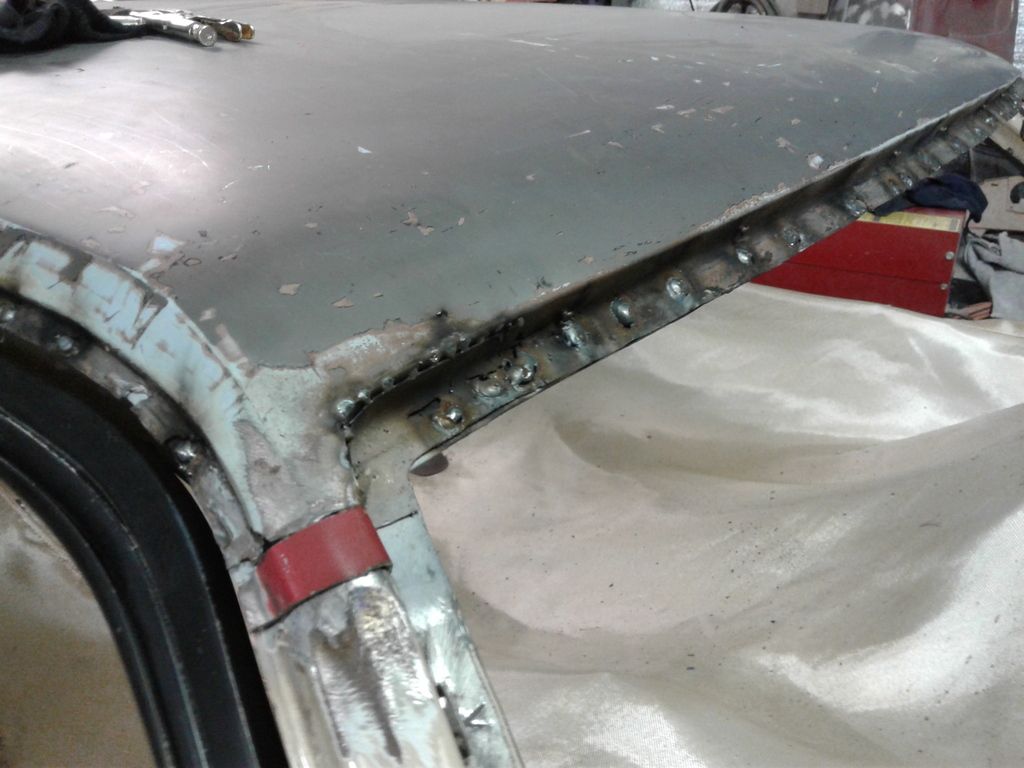


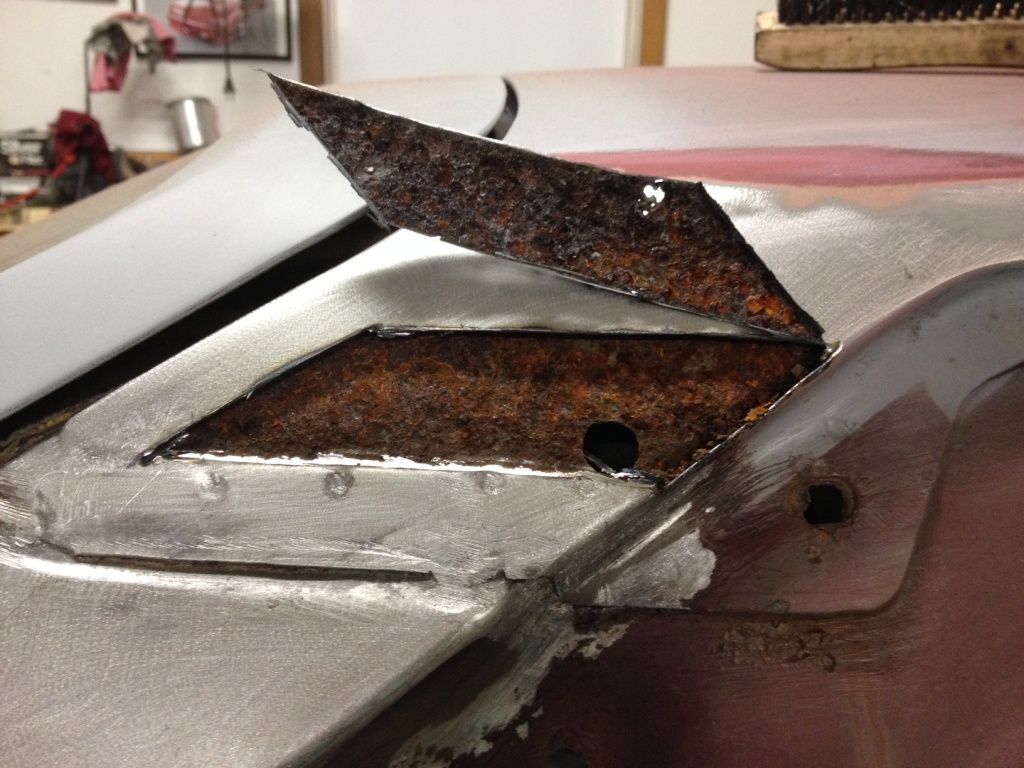

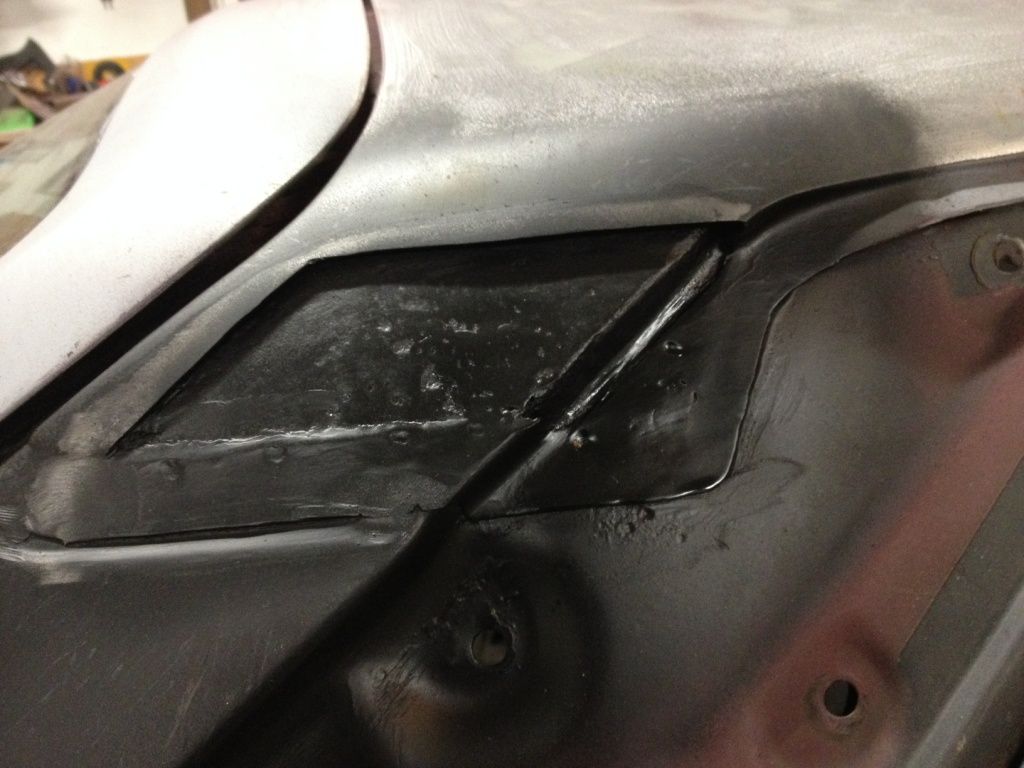
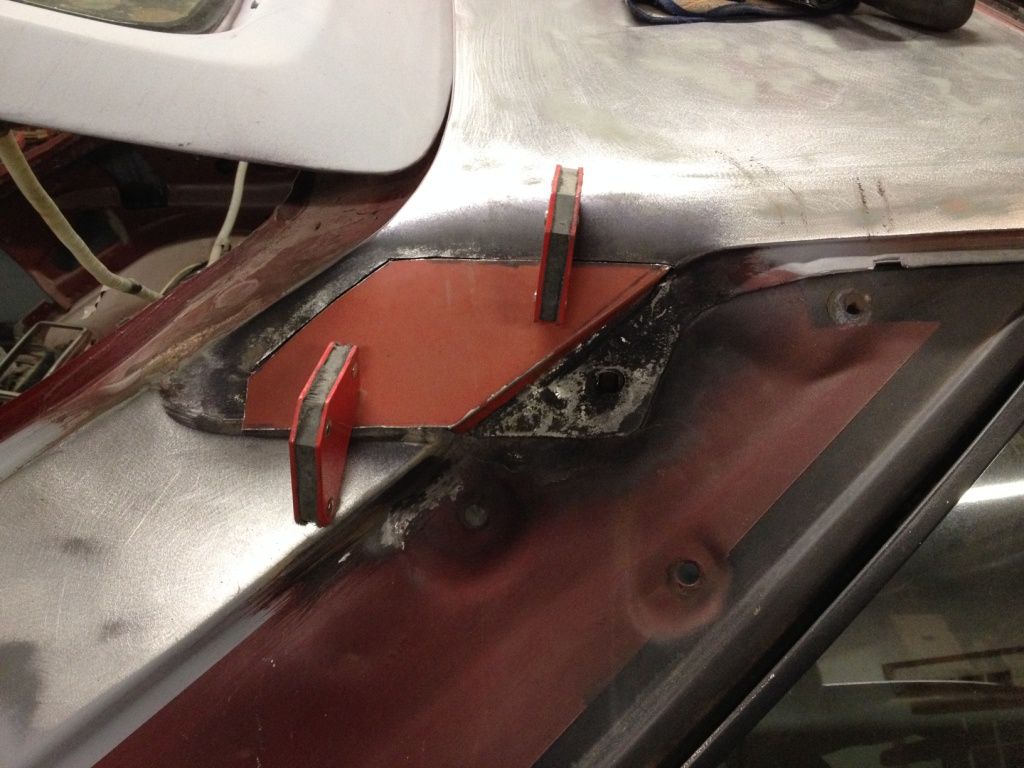
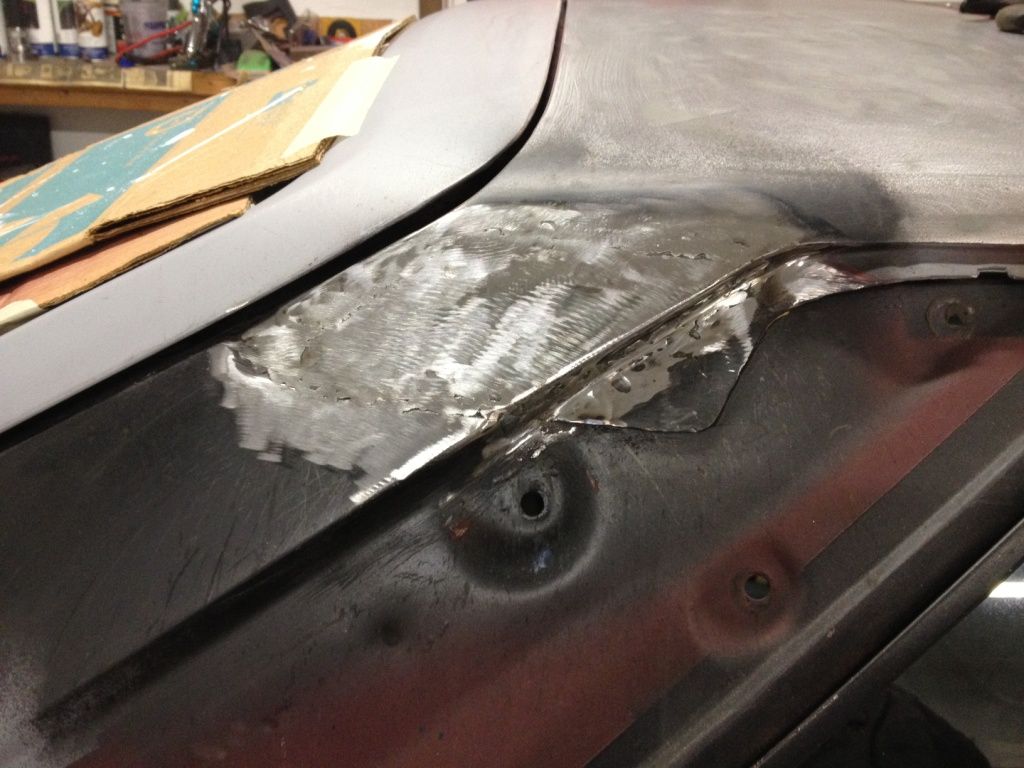
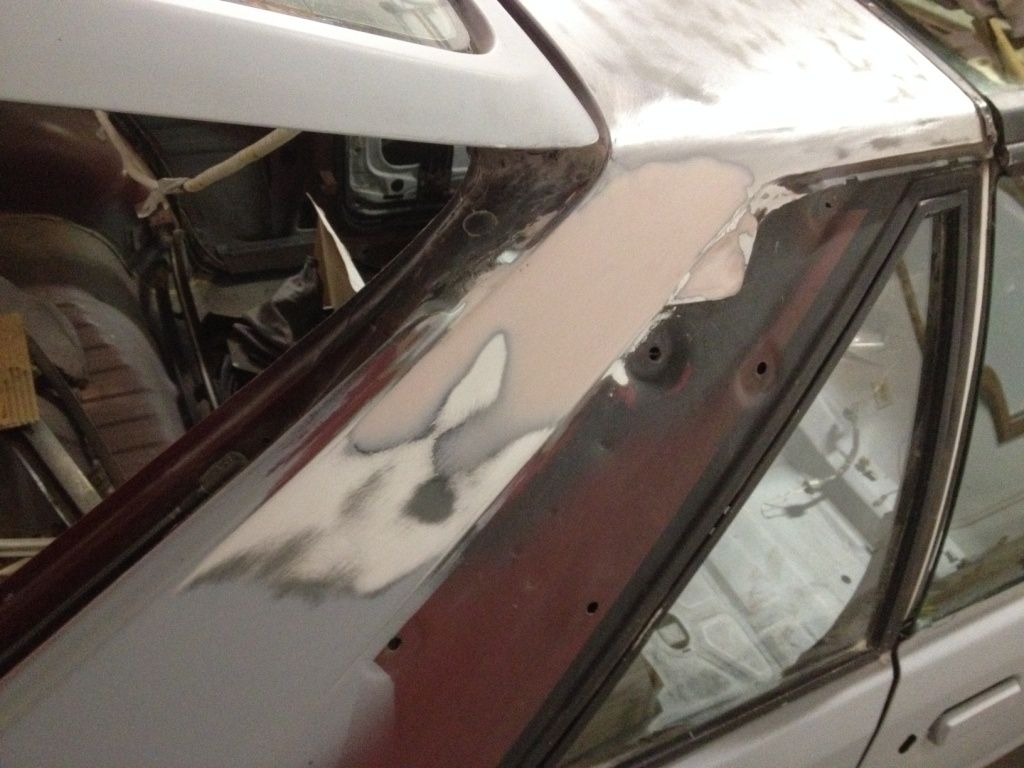

Connect With Us